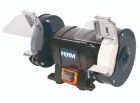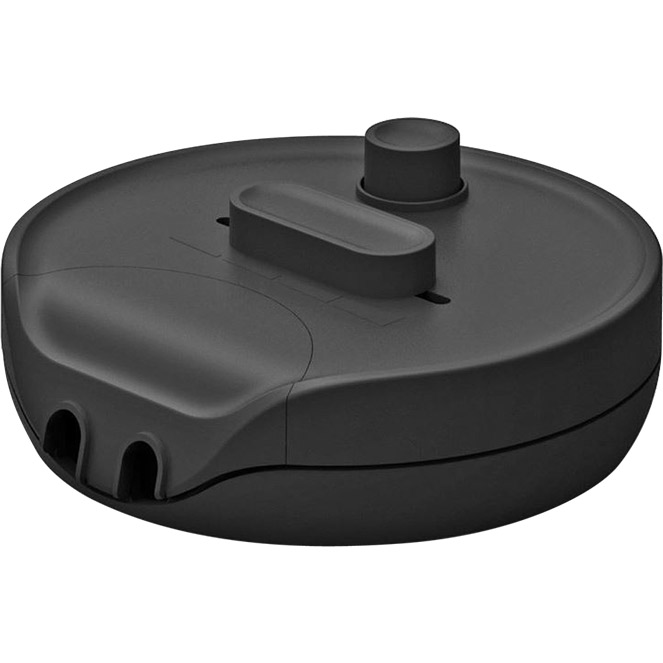

- #Turnigy reaktor 250w manual manuals#
- #Turnigy reaktor 250w manual manual#
- #Turnigy reaktor 250w manual series#
Yeah my battery is used for my heli lipos, car audio, now flashlights. This is why I like regenerative discharge and never looked back vs external.
#Turnigy reaktor 250w manual series#
I’m a dumb one and did not know light bulbs were different from hot resisters These are in series with the out put side and Logview seems to have it figured out using Ohm’s law but can’t check absolute accuracy. There are some pretty smart and experienced people here though, and some of them are into rc. I’ll try asking on rcgroups if this thread doesn’t produce the answers I’m looking for. Getting new lead acid batteries every few years just for battery testing isn’t practical when resistors might last a lifetime and cost much less. I am going to do some regenerative discharge for now, but the lead acid batteries I have right now probably won’t last another two years. Bulbs don’t work because it means not all the current flows through the charger, which means inaccurate data. The bulb idea would normally be great, except I need to log discharge data. Quiet cooling and huge heat capacity is nice too. Why this way instead of a big heat sink and fan? All I need is the rectangular tubing, so this costs me very little. The tubing will have water run through it with an aquarium pump drawing and discharging water from a 5 gallon bucket filled with chilled water. Plastic tubing will be run into the ends and sealed with a plate and sealed with GE Silicone II.

The resistors will be glued to 2"x3" hollow aluminum tubing. These resistors will need to be kept cool, and I'm not asking for help with that, but here's my plan if you're curious.
#Turnigy reaktor 250w manual manuals#
The iCharger manuals can be downloaded here. I'm trying to use this guy's iCharger Extended Discharge Tool spreadsheet. What power resistors do I use to achieve the maximum discharge capacities of this charger? If it helps, I'm looking at these resistors, but am open to others. Next question is simple, but answer isn't.
#Turnigy reaktor 250w manual manual#
The manual says they have to be used, so do I use the last two wires of any balance cables? I've done this with a regular discharge, so I think this would work here too. I'd like to discharge at 10A and 20A, although I'd happily go over 20A too if it can be done.įirst question is about the balance leads. As I understand, the 20A limit applies no matter what, so the 300W limit won't be reached with one lithium ion cell. Only one lithium ion cell (4.2V) will be used. Whatever it is, I found a couple posts that says it's only good for discharging batteries, but not for testing.

I intend to log discharge data to my computer to test batteries, and from what I understand, using fans and bulbs as resistive sources doesn't work because their resistance changes.or something. The primary advantage is not having to take care of a lead acid battery. My Turnigy Reaktor (iCharger 206B clone) can use regenerative discharge to a lead acid battery for up to 20A/300W, but I'm thinking about using a bank of power resistors instead. If we can figure this out, maybe it'll help the other members testing batteries right now too. Here's a long shot, but you guys are pretty smart.


 0 kommentar(er)
0 kommentar(er)
